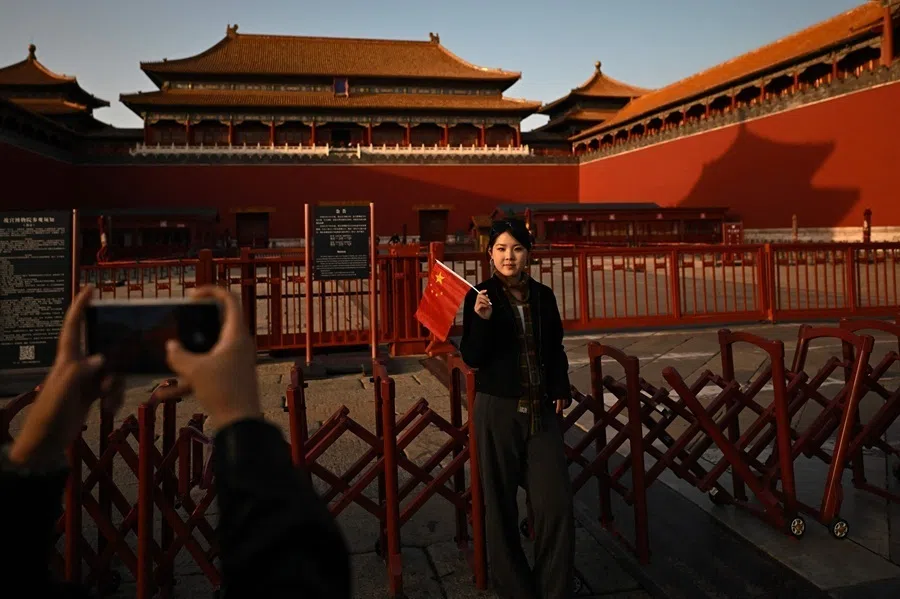Shenzhen has become a shopping paradise for Hong Kongers
Hong Kongers have recently found a nearby spending destination in mainland China: Shenzhen. Since the summer vacation, a steady wave of tourists from Hong Kong has crossed the border to visit the various shopping spots in the mainland Chinese city. Lianhe Zaobao journalist Daryl Lim shares his findings from interviews in Shenzhen.
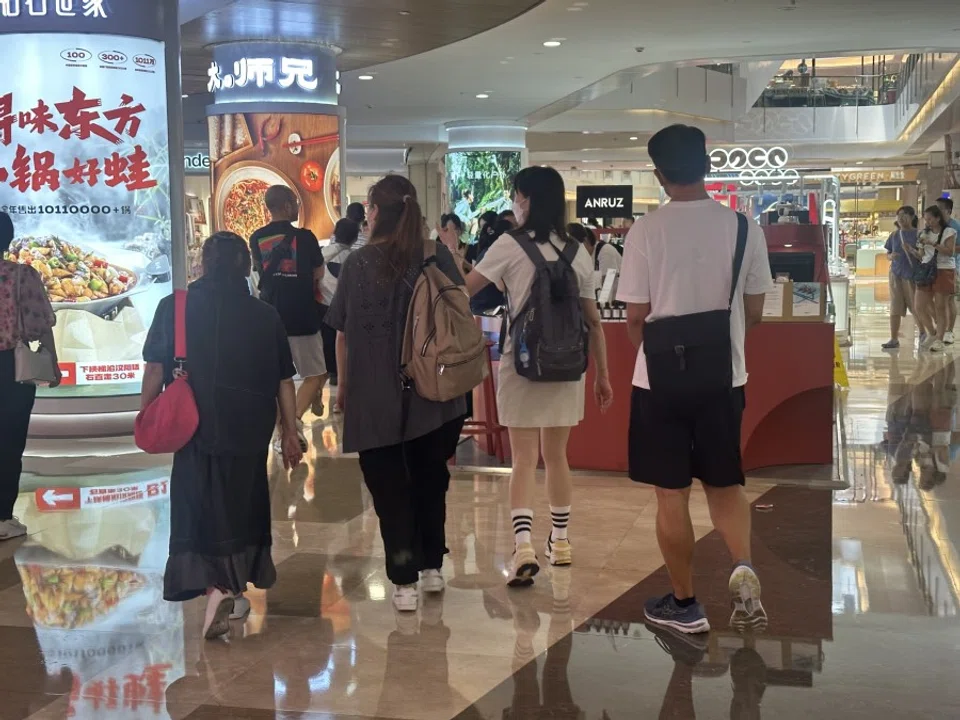
Forty-year-old Hong Konger Leung Chun-hoi was left awestruck by his first trip across the border to Shenzhen with his wife and mother.
He told Lianhe Zaobao that this trip upended some of the stereotypes and biases he had about mainland Chinese cities. He said, "The place is cleaner and more convenient than I imagined, and the city is just as developed as Hong Kong, or even more so."
... occasional posts about Hong Kongers "occupying" and "crowding" Shenzhen malls have popped up on social media platform Xiaohongshu.
Attracted by lower prices and variety
Due to his impressions of mainland China, Leung had long held no inclination to travel there, despite being just across the river. He only began to waver recently after hearing strong recommendations from several friends. He said, "After coming here, I now have a firsthand taste of what people mean by an affordable consumer experience."
Since the Shenzhen-Hong Kong border crossing reopened in January this year, the number of Hong Kongers like Leung travelling to Shenzhen has been growing. They have become the main spenders in the malls around the Shenzhen port and high-speed railway stations. This trend has become even more pronounced since the beginning of the summer vacation, and occasional posts about Hong Kongers "occupying" and "crowding" Shenzhen malls have popped up on social media platform Xiaohongshu.
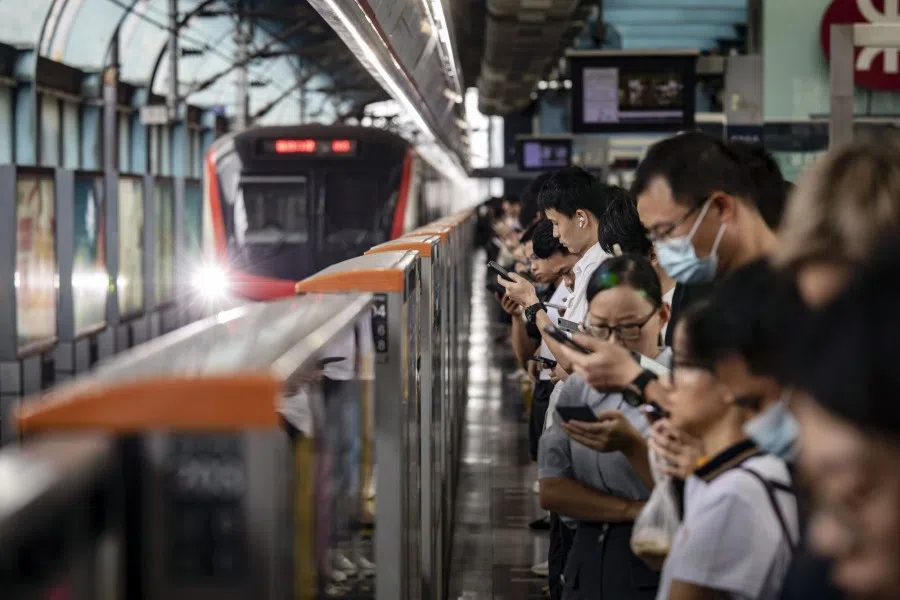
Data from the Hong Kong Immigration Department show that over 22.45 million Hong Kong residents entered Shenzhen in the past six months, an average of about 900,000 people every week. Statistics from the Shenzhen Municipal Government's Port Office also show that as of 6 August, Hong Kong residents accounted for 70% of the inbound and outbound travellers at Shenzhen's land border crossings. In July of this year alone, the average daily number of crossings between Shenzhen and Hong Kong was 480,000, which was 78% of the same period in 2019 before the pandemic.
On a recent visit to several malls near Shenzhen Futian High-Speed Railway Station, I saw Hong Kong tourists everywhere, moving in groups and making up more than half of the mall visitors. Other noticeable characteristics included talking in a mixture of English and Cantonese, wearing sneakers, and carrying backpacks or crossbody bags.
Hong Kong residents interviewed said that the main pull for them to spend in Shenzhen include lower prices compared with Hong Kong, a greater variety of choices, and the convenience of cross-border payments. Easy transport connectivity also encourages many Hong Kongers to go on day trips over the weekend.
The continued depreciation of the renminbi has also stimulated the trend of Hong Kongers heading north to spend. Under the linked exchange rate system, the Hong Kong dollar, which is pegged to the US dollar, has risen from 0.86 at the beginning of the year to a high of 0.93 in early July, boosting the spending power of Hong Kongers in mainland China.
"Hong Kong is small, so many restaurants have time restrictions for diners in order to turn over tables quickly. We have to rush every time we eat, and even have to put up with the bad attitude of the servers." - Hong Konger Suen Chi-wah
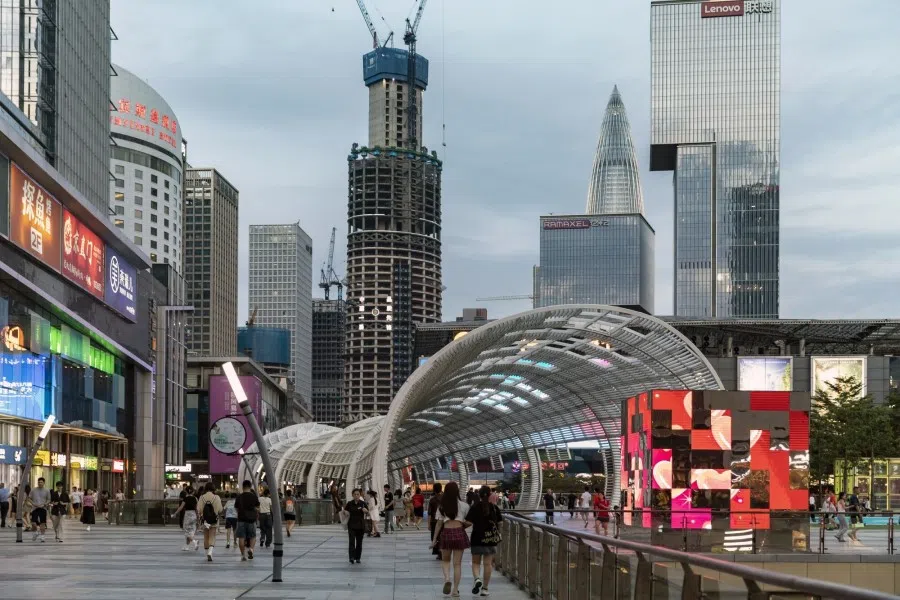
Hong Konger Suen Chi-wah visits Shenzhen two to three times a month, mainly to visit the malls at the border crossing area. He shared that the same dish that can be ordered in Hong Kong is 30% to 50% cheaper in Shenzhen, and it even comes with better service.
He said, "Hong Kong is small, so many restaurants have time restrictions for diners in order to turn over tables quickly. We have to rush every time we eat, and even have to put up with the bad attitude of the servers."
Yee, a server at an internet-famous hot and sour fish restaurant, said that customers from Hong Kong account for 70-80% of their total customer flow. Since the summer vacation, their business has doubled due to the surge of Hong Kong customers, and the waiting time on weekends can be as long as 90 minutes.
Cross-border consumption on both sides
Data released by Cushman & Wakefield in July showed that the daily traffic volume at Shenzhen's municipal and regional shopping malls surged an average of 68% and 46.8% year-on-year respectively in the first four months of the year, largely attributed to Hong Kongers visiting Shenzhen after borders reopened.
Zhang Xiaoduan, deputy dean of the Cushman & Wakefield Research Institute and head of Business Development Services, South and Central China, pointed out that Hong Kongers generally earn and spend more than mainlanders. At the same time, Shenzhen is more affordable due to a combination of factors such as a favourable exchange rate and the relatively low prices and labour costs.
But with more and more Hong Kongers visiting the mainland to shop, the opposite is happening.

More importantly, Zhang said, with Shenzhen's rapid development over the past few years and the increasing number of commercial projects, shopping mall operators have had to introduce more brands and specialty stores to attract customers amid fierce competition. "Because of this, shopping malls were able to upgrade and keep up with the times, offering a diversified consumption experience that Hong Kongers cannot get back home," she added.
Famed as a shopping paradise, Hong Kong has always been one of the top shopping destinations for mainlanders over the past decade, and it seems like only yesterday when mainlanders swept the shelves of Hong Kong's major drugstores and boutiques. But with more and more Hong Kongers visiting the mainland to shop, the opposite is happening.
Zhang thinks that the once-dominant consumption pattern of mainlanders shopping in Hong Kong has progressively changed into a two-way reciprocal trend. This reflects deep Hong Kong-Shenzhen integration in terms of economic, trade and people-to-people exchanges.
She said, "After all, Hong Kongers and the Guangdong people share the same clan and roots and shouldn't be that different. The previous one-way cross-border consumption pattern existed because the mainland's infrastructure and consumption environment had not reached Hong Kong's level yet. Now that the development of both places are neck and neck, it is only natural that cross-border consumption now goes both ways."
More than just for shopping
Despite the apparent recovery of footfall in Shenzhen's malls, Hong Kongers are generally spending on food and services such as massage, manicure and hairdressing. Consumer sentiment remains low in general retail, with few customers visiting apparel and electronics stores.
... visiting the mainland is more about the experience than the shopping opportunity.
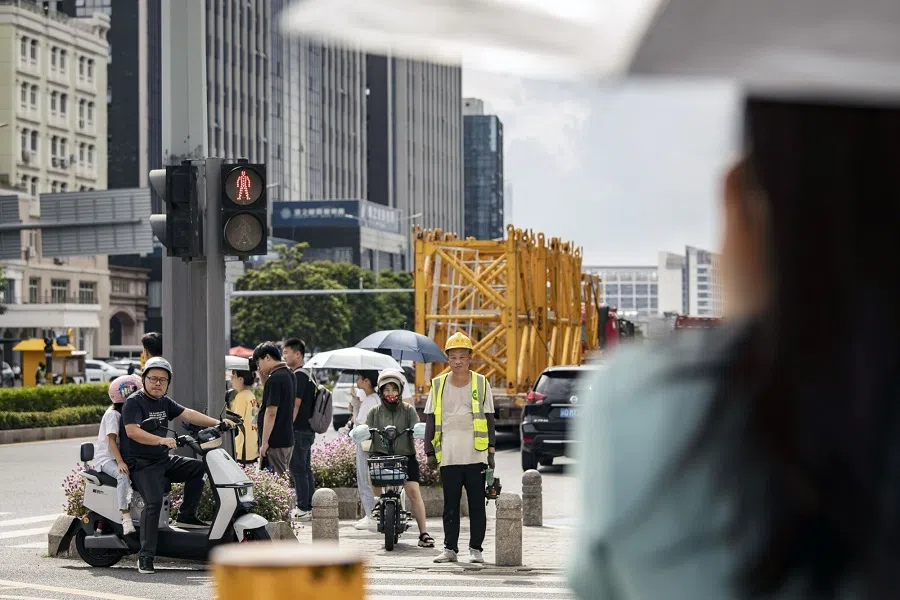
Huang, who sells ceramics in a shopping mall, lamented that her business did not improve even with the influx of Hong Kongers to the city. "They [Hong Kongers] are mainly patronising food establishments. Even if they are looking for souvenirs, they normally buy snacks and drinks, or head to the supermarket to get some fruits and small bites. Although many people do come and show interest, few actually buy something from my store."
Most Hong Kongers I interviewed said that visiting the mainland is more about the experience than the shopping opportunity. Mainlander Zhang Bo, a long-time resident of Hong Kong, said, "Nowadays, it is very easy for Hong Kongers to make purchases from online stores in the mainland and have their purchases directly delivered to Hong Kong. We don't have to go to a physical store and go through the trouble of lugging it across the border."
Zhang Xiaoduan pointed out that most Hong Kongers only shop in a small portion of the city - the areas close to the metro stations and the port of entry. But she believes that with growing people-to-people exchanges between both places, more Hong Kongers will discover the different travel experiences that Shenzhen and other mainland cities in the Greater Bay Area have to offer, thereby pushing up the total spending of Hong Kongers.
This article was first published in Lianhe Zaobao as "物价低人民币贬值 港人掀深圳消费潮".
Related: Why Shenzhen's plan to transform 'urban villages' is causing distress | Integrating Hong Kong into China's Greater Bay Area: Easier said than done? | Shenzhen's deserted business district needs more pull to develop | Food delivery giant Meituan's foray into Hong Kong: Getting ready for internationalisation | Hong Kong youths head to mainland China's GBA to realise entrepreneur dreams



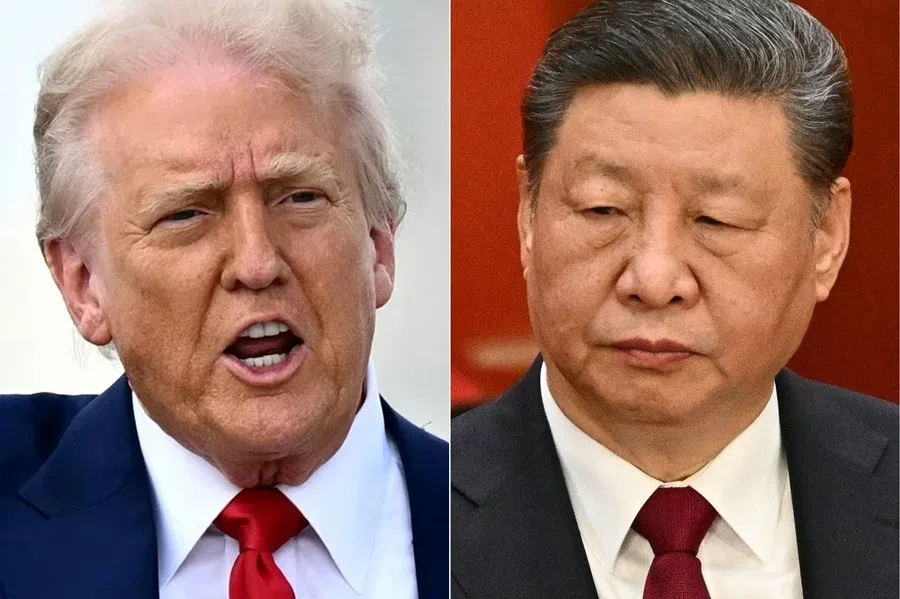
![[Big read] Prayers and packed bags: How China’s youth are navigating a jobless future](https://cassette.sphdigital.com.sg/image/thinkchina/16c6d4d5346edf02a0455054f2f7c9bf5e238af6a1cc83d5c052e875fe301fc7)
